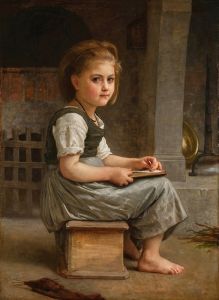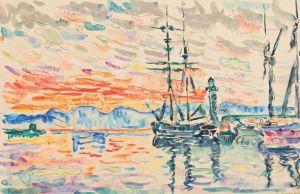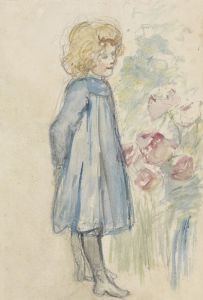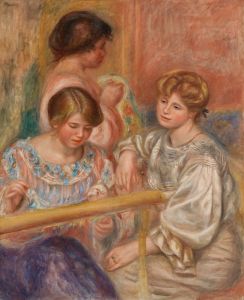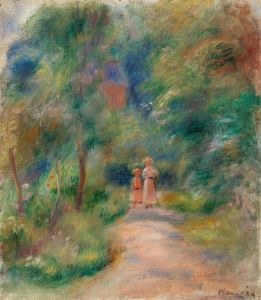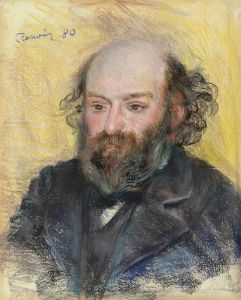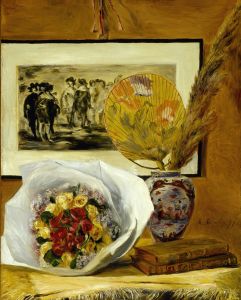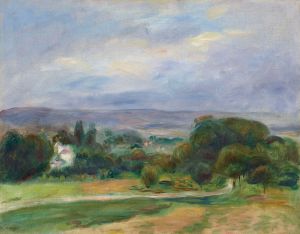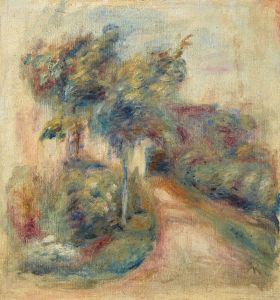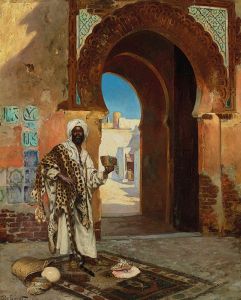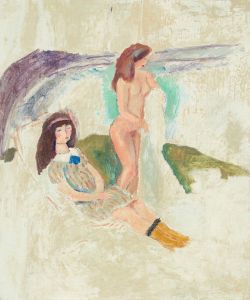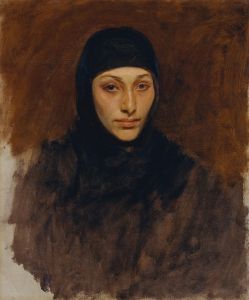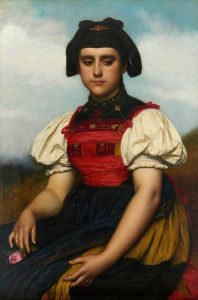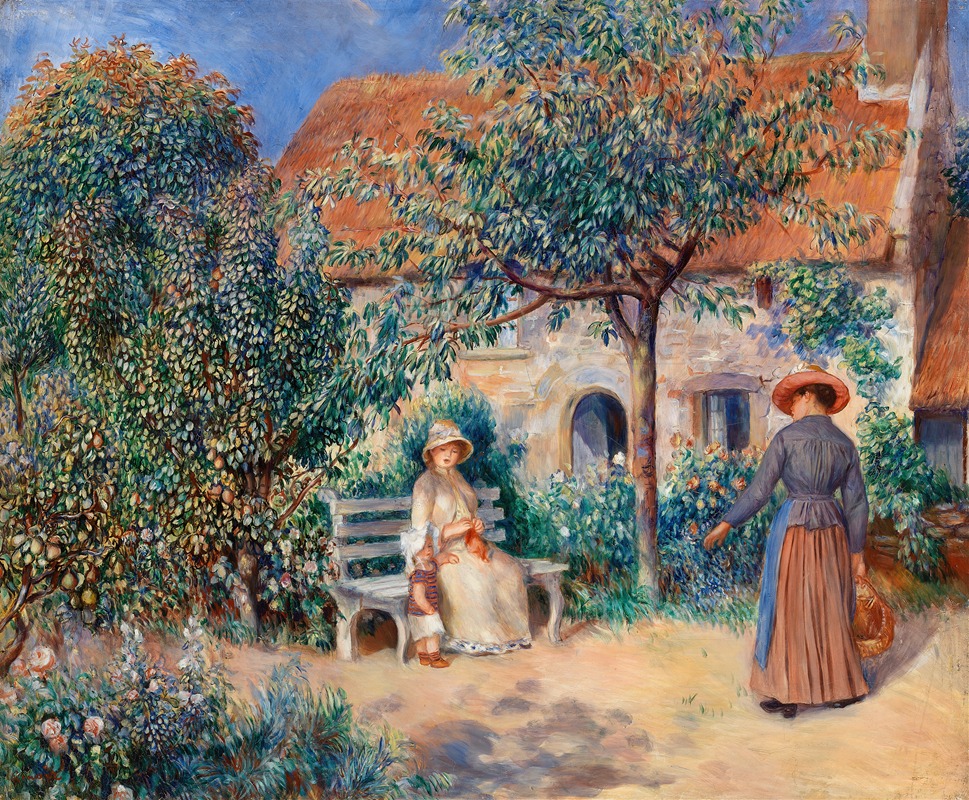
In Brittany
A hand-painted replica of Pierre-Auguste Renoir’s masterpiece In Brittany, meticulously crafted by professional artists to capture the true essence of the original. Each piece is created with museum-quality canvas and rare mineral pigments, carefully painted by experienced artists with delicate brushstrokes and rich, layered colors to perfectly recreate the texture of the original artwork. Unlike machine-printed reproductions, this hand-painted version brings the painting to life, infused with the artist’s emotions and skill in every stroke. Whether for personal collection or home decoration, it instantly elevates the artistic atmosphere of any space.
Pierre-Auguste Renoir, a prominent French artist and a leading figure in the Impressionist movement, created the painting "In Brittany" during a period when he was exploring new artistic directions. Renoir, known for his vibrant light and saturated color, often depicted scenes of leisure and beauty, capturing the essence of his subjects with a lively brushwork that became a hallmark of his style.
"In Brittany" is one of Renoir's works that reflects his interest in capturing the rural and coastal life of France. Brittany, a region in the northwest of France, was a popular destination for artists in the late 19th century due to its picturesque landscapes and unique cultural heritage. The region's distinct traditions, costumes, and way of life provided rich material for artists seeking to depict scenes outside the urban environments of Paris.
Renoir's painting showcases his ability to blend figures with their natural surroundings, a technique that he mastered over years of experimentation. The composition of "In Brittany" likely features figures engaged in everyday activities, set against the backdrop of the region's characteristic scenery. Renoir's use of color and light in this painting would have been intended to convey the atmosphere and mood of the scene, capturing the essence of a moment in time.
During the period when "In Brittany" was painted, Renoir was moving away from the strict tenets of Impressionism. He began to incorporate more defined forms and a greater emphasis on line, influenced by his admiration for classical art and the works of earlier masters. This shift is evident in many of his works from this era, where he sought to balance the spontaneity of Impressionism with a more structured approach to composition and figure drawing.
Renoir's interest in Brittany was part of a broader trend among artists of the time who were drawn to the region's rustic charm and cultural distinctiveness. The Breton people, with their traditional costumes and customs, were frequently depicted in art and literature, symbolizing a connection to a simpler, pastoral way of life that was increasingly romanticized in the face of rapid industrialization and urbanization.
"In Brittany" is a testament to Renoir's enduring fascination with the human figure and his ability to capture the subtleties of human interaction within a landscape. His work in this period reflects a synthesis of his Impressionist roots and his evolving artistic philosophy, which continued to develop throughout his career.
While specific details about the painting "In Brittany" are limited, it remains an example of Renoir's exploration of new themes and techniques, contributing to his legacy as one of the most celebrated painters of his time. His works continue to be studied and admired for their beauty, technical skill, and the insight they provide into the cultural and artistic movements of the 19th century.





